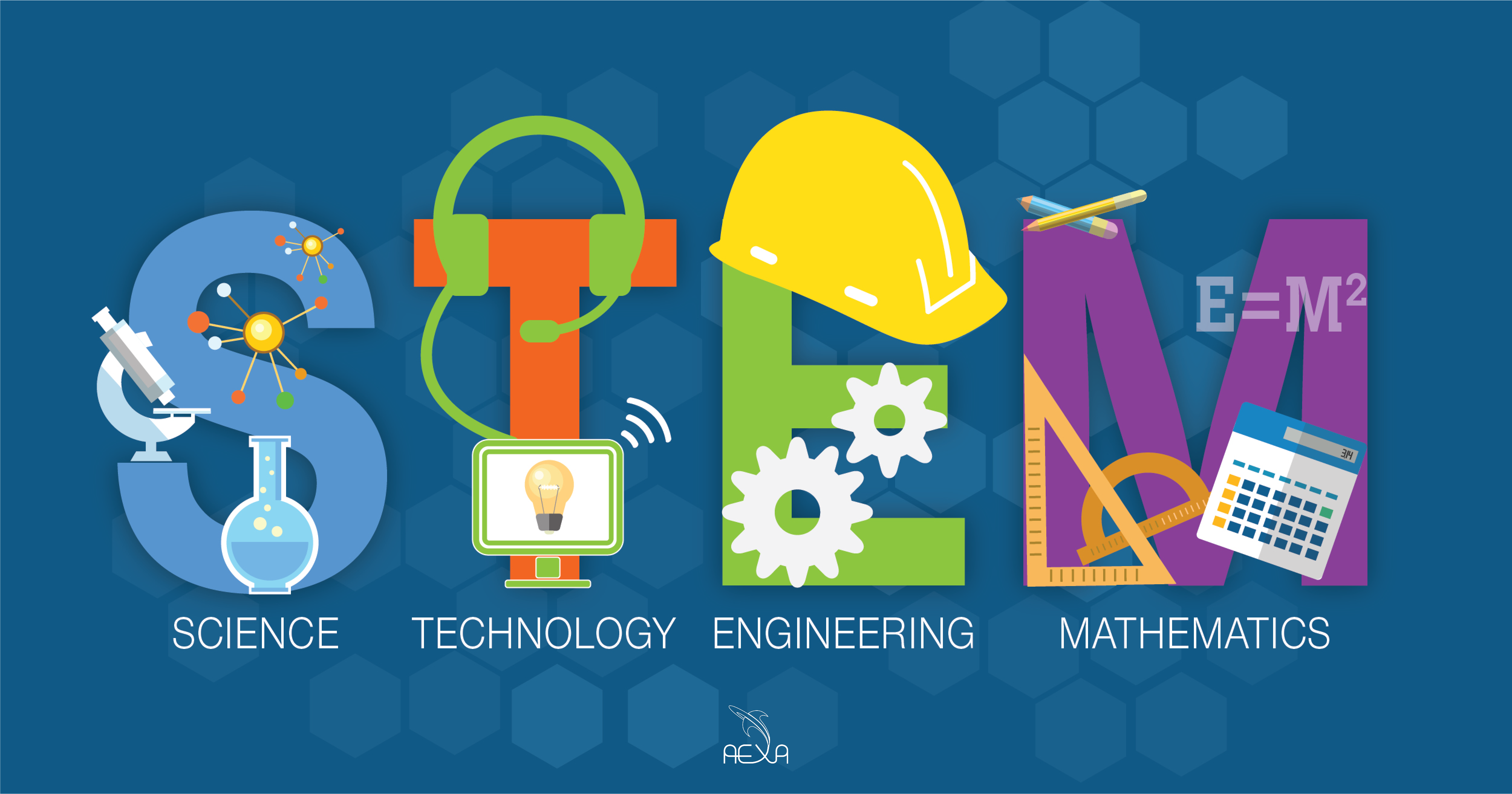In today’s rapidly evolving world, STEM education (Science, Technology, Engineering, and Mathematics) plays a crucial role in preparing students for the future. As industries increasingly rely on technological advancements and innovative problem-solving, equipping students with a strong foundation in these disciplines is more important than ever. This article delves into the significance of STEM education and how it fosters critical thinking, creativity, and collaboration among learners, ensuring they are well-prepared to tackle the challenges of tomorrow.
Throughout this article, you will discover the various components of STEM education and how they interconnect to create a comprehensive learning experience. We will explore the benefits of integrating STEM into the curriculum, including enhanced engagement and improved academic performance. Additionally, we will discuss the role of educators and institutions in promoting STEM initiatives and the importance of hands-on learning experiences that inspire students to pursue careers in these vital fields.
As you continue reading, you will gain insights into successful STEM programs and initiatives that are making a difference in schools worldwide. We will also highlight the skills that students develop through STEM education, which are essential for their future careers and personal growth. Join us on this journey to understand how STEM education is not just a trend but a necessary pathway for preparing the next generation for a successful future.
STEM education, which stands for Science, Technology, Engineering, and Mathematics, is increasingly recognized as a crucial component in preparing students for the future. This educational approach not only equips students with essential skills but also fosters critical thinking, creativity, and problem-solving abilities. Below are key subtopics that delve deeper into the significance of STEM education.
The Importance of STEM Education in the 21st Century
In today’s rapidly evolving world, STEM education plays a pivotal role in shaping the future workforce. As technology continues to advance, the demand for skilled professionals in STEM fields is on the rise. By integrating STEM into the curriculum, educators can prepare students to meet these demands, ensuring they are equipped with the necessary skills to thrive in a competitive job market.
Moreover, STEM education encourages students to engage with real-world problems, fostering a sense of curiosity and innovation. This hands-on approach not only enhances learning but also prepares students to tackle complex challenges they may face in their careers.
Enhancing Critical Thinking and Problem-Solving Skills
One of the primary benefits of STEM education is its emphasis on critical thinking and problem-solving. Through project-based learning and collaborative activities, students are encouraged to analyze situations, develop solutions, and evaluate outcomes. This process not only enhances their cognitive abilities but also prepares them for the complexities of modern workplaces.
By engaging in STEM-related projects, students learn to approach problems methodically, breaking them down into manageable parts. This skill is invaluable in any career, as it enables individuals to navigate challenges effectively and make informed decisions.
Fostering Creativity and Innovation
STEM education is not just about numbers and formulas; it also nurtures creativity and innovation. By encouraging students to think outside the box, educators can help them develop unique solutions to problems. This creative aspect of STEM is essential for driving technological advancements and fostering a culture of innovation.
Incorporating design thinking into STEM curricula allows students to explore their creative potential while applying scientific principles. This blend of creativity and analytical thinking is crucial for developing the next generation of innovators and leaders.
Bridging the Gender Gap in STEM Fields
Despite the growing importance of STEM education, there remains a significant gender gap in these fields. Encouraging girls to pursue STEM subjects is essential for creating a diverse and inclusive workforce. By implementing programs that promote female participation in STEM, educators can help dismantle stereotypes and empower young women to excel in these areas.
Initiatives such as mentorship programs, workshops, and STEM clubs can provide girls with the support and resources they need to succeed. By fostering an inclusive environment, we can ensure that all students have the opportunity to thrive in STEM careers.
The Role of Technology in STEM Education
Technology plays a crucial role in enhancing STEM education. With the integration of digital tools and resources, educators can create interactive and engaging learning experiences. From coding platforms to virtual labs, technology enables students to explore STEM concepts in innovative ways.
Furthermore, online resources and educational software can provide personalized learning experiences, allowing students to progress at their own pace. This adaptability is essential for meeting the diverse needs of learners in today’s classrooms.
Real-World Applications of STEM Education
STEM education is not confined to the classroom; it has numerous real-world applications. By connecting classroom learning to real-life scenarios, educators can help students understand the relevance of STEM in their daily lives. This connection enhances student engagement and motivation, making learning more meaningful.
For instance, projects that involve environmental science, robotics, or engineering challenges allow students to apply their knowledge to solve real problems. This experiential learning approach not only reinforces theoretical concepts but also prepares students for future careers.
Collaborative Learning in STEM Education
Collaboration is a key component of STEM education. By working in teams, students learn to communicate effectively, share ideas, and leverage each other’s strengths. This collaborative environment mirrors the dynamics of modern workplaces, where teamwork is essential for success.
Group projects and interdisciplinary activities encourage students to approach problems from multiple perspectives, fostering a deeper understanding of complex concepts. This collaborative spirit is vital for developing the interpersonal skills necessary for future careers.
Future Trends in STEM Education
The landscape of STEM education is continually evolving. Emerging trends such as personalized learning, gamification, and the integration of artificial intelligence are shaping the future of education. These innovations aim to enhance student engagement and improve learning outcomes.
As we look ahead, it is essential for educators to stay informed about these trends and adapt their teaching methods accordingly. By embracing new technologies and pedagogical approaches, we can ensure that STEM education remains relevant and effective in preparing students for the future.
| Aspect | Description |
|---|---|
| Definition | STEM stands for Science, Technology, Engineering, and Mathematics. It is an educational approach that integrates these four disciplines into a cohesive learning paradigm. |
| Importance | STEM education is crucial for developing critical thinking, problem-solving skills, and creativity, which are essential for success in the modern workforce. |
| Career Opportunities | STEM fields are among the fastest-growing job sectors, offering numerous career opportunities in areas such as healthcare, engineering, information technology, and environmental science. |
| Hands-on Learning | STEM education emphasizes experiential learning through projects, experiments, and real-world applications, making learning more engaging and effective. |
| Collaboration | STEM encourages teamwork and collaboration, as many projects require students to work together to solve complex problems, mirroring real-world work environments. |
| Global Competitiveness | Countries that prioritize STEM education are better positioned to compete in the global economy, as they produce a skilled workforce capable of innovation and technological advancement. |
| Challenges | Despite its benefits, STEM education faces challenges such as a lack of resources, qualified teachers, and gender disparities in participation. |
| Future Trends | The future of STEM education includes the integration of artificial intelligence, coding, and robotics, preparing students for the technological advancements of tomorrow. |



